Big star energy: record-breaking explosion recorded0
- From Around the Web, Space
- November 23, 2019
Astronomers note record-breaking observation of highest energy ever measured from gamma ray bursts

Astronomers note record-breaking observation of highest energy ever measured from gamma ray bursts

In a first, an international team has found sugars essential to life in meteorites.
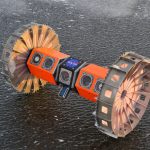
NASA is about to put a rover to the test in Antarctica, and it’s unlike any robot the agency has ever shot into space.
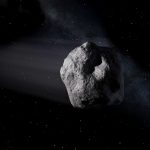
It is a well-known astronomical convention that Earth has only one natural satellite, which is known (somewhat uncreatively) as “the Moon”. However, astronomers have known for a little over a decade that Earth also has a population of what are known as “transient Moons”. These are a subset of Near-Earth Objects (NEOs) that are temporarily scooped up by Earth’s gravity and assume orbits around our planet.

Data from ESA’s Cluster mission has provided a recording of the eerie “song” that Earth sings when it is hit by a solar storm.

The night sky could light up with hundreds of shooting stars for an hour on Thursday thanks to a spectacular celestial event.
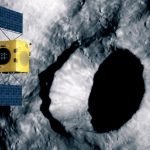
A group of planetary defense advocates is asking European governments to fund a mission to a near Earth asteroid, three years after a similar mission failed to win approval.
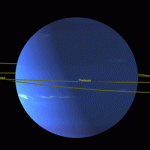
Bobbing up and down like a carousel horse might not sound like a stable way to orbit a planet, but it works for one little moon of Neptune. The planet’s innermost known satellite, Naiad, has a tilted orbit and it moves up-and-down relative to its neighboring moon, Thalassa.
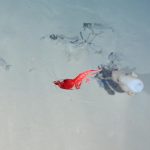
Source: National Geographic Outside, the sinking sun is coloring the autumnal sky a brilliant lavender, a rich hue that lingers over a vast blanket of ice. Here, off the northern coast of Greenland, the Arctic Ocean is masquerading as land, a snowy patchwork of smooth ice floes and abrupt, jagged piles of crystalline debris. Only
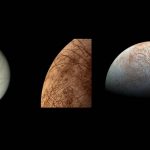
Forty years ago, a Voyager spacecraft snapped the first closeup images of Europa, one of Jupiter’s 79 moons. These revealed brownish cracks slicing the moon’s icy surface, which give Europa the look of a veiny eyeball. Missions to the outer solar system in the decades since have amassed enough additional information about Europa to make it a high-priority target of investigation in NASA’s search for life.



